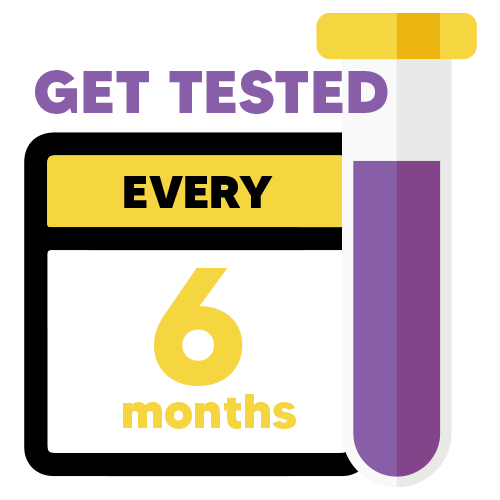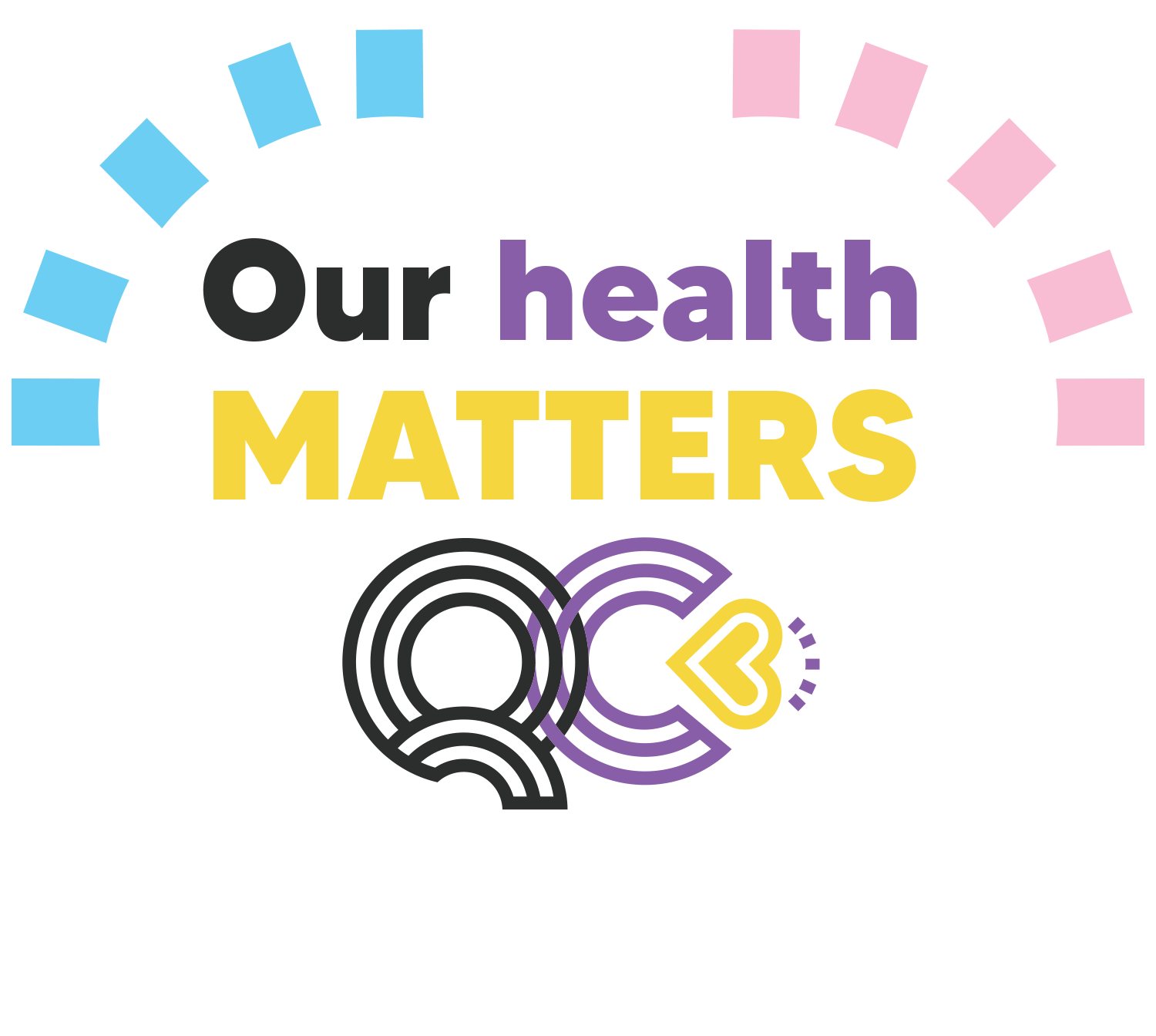
Testing
Testing is important because HIV and other STIs can be in your body (sometimes for quite some time) and you may not know because you have no symptoms. This is why it is important to get a sexual health test or check.
It is also important to test regularly, this means that if you are HIV positive or have an STI that it can be detected and treated early.

How often you should test depends on a few things, such as how much sex you are having and the type of sex you are having. It is recommended that people get tested at least twice a year (every 6 months). However if you are having unprotected sex with multiple partners then every 3 months is a good idea.
Each state usually has a number of public sexual health clinics, these are usually free and staffed by sexual health clinicians.
Sexual health testing locations can be found at:
timetotest.org.au
In addition to this, a lot of LGBTI organisations (some of which may have been known as AIDS Councils previously) also have testing available.
For more information please contact your local LGBTI organisations in your state. You can also get a sexual health test from your GP however
this may have a cost.
So, what should you expect when you go for a sexual health test?
Most start with some sort of registration which might be a form or some sort of online system. Any service that has updated their forms or systems to be more inclusive might ask you to identify your gender and your sex assumed at birth and sometimes your sexuality. This data is helpful for services to understand how many Trans, Gender Diverse and Non-Binary people are accessing their service and how they can adapt services to our communities. You don’t need to disclose that you are Trans, Gender Diverse or Non-Binary however may be helpful in ensuring you get the right tests done on the right body parts.
After you have done the first step, a sexual health clinician or doctor will want to have a chat to you about the kind of sex you have been having in the past 3-6 months. They may ask some direct and sensitive questions about your sexual activity. They may also ask some questions about your knowledge of sexual health and ask if you have any questions about the process.
They will also talk to you about what tests are required and the parts of the body on which these occur. Most tests (blood excluded) are self-collected.
A standard sexual health screen usually checks for HIV, Syphilis, Chlamydia, Gonorrhea and sometimes Hepatitis C (and Hep A and B if you haven’t been vaccinated).
If you have no symptoms at the time of testing (this is called asymptomatic) will be the same regardless of gender, this will likely include a urine sample (self-collected in a specimen jar) and swabs (often self-collected, except for throat). The types of swabs required will depend on the kind of sex you have been having and genitalia you have (eg. anal or vaginal swabs). You can decline to have any swabs that you aren’t comfortable with.
The clinician or doctor will likely tell you when results will be available, if they don’t, please feel free to ask.
The window period of an STI or blood borne virus (BBV) is how long it takes between getting it and when it will show up on a test. Part of why we test regularly is to identify STIs no matter what their window period.
STI
Type of Test
Window Period
Chlamydia
HIV
Syphilis
Hepatitis A
Hepatitis B
Hepatitis C
Urine sample or vaginal swab, anal swab, throat swab
Urine sample or vaginal swab, anal swab, throat swab
Blood test (and rapid HIV test)
Blood test
Blood test
Blood test
Blood test
1-5 days
2-4 days
6 weeks
6 weeks
4 weeks
30-60 days
6-10 weeks
Gonorrhea

+
-
+
-
+
-
+
-

